Understanding and Using Essential Oils
We’ve all heard of essential oils, but what exactly are they and how can we use them safely? In this post, we’ll explore the basics of essential oils, their different purity grades, and safe usage. Plus, I’ll share some of my favorite skin-safe essential oils. So, if you want to enhance your at-home skincare treatments with essential oils, keep reading!
What are essential oils and how are they made?
Essential oils are volatile oils produced by the distillation of fresh plant material. These oils contain complex combinations of medicinal compounds that determine their actions on our bodies.
The constituents that make up these oils and how much determine the purity of the essential oil. Factors like plant health, harvest timing, and distillation methods affect the purity of essential oils. For instance, harvesting in the morning preserves higher terpene content. Throughout the day the terpene content slowly decreases due to sunlight!
Fresh plant material during distillation is crucial for robust essential oil production. Some even use mobile steam distillation equipment brought directly to the field during harvest to maximize freshness… Talk about fresh plant material!
Different purity grades of essential oils
Diffusing essential oils in aromatherapy
Due to the complexity of essential oil production, various purity grades are available on the market. Each grade varies in their processing and in the quality of the essential oil produced. Here are the four main types:
Therapeutic Grade: These high-purity oils are prized for their therapeutic properties, with the highest medicinal composition. Look for these oils when starting your essential oil journey.
Food Grade: These oils, often cold-pressed from fruits, are made in sanitary conditions and can be ingested. A common example is orange oil. However, not all essential oils are safe for consumption and it is advisable to not consume oils if you are unsure safety.
Fragrance Grade: Used mainly in the cosmetic industry, fragrance oils focus on scent and quantity, lacking the medicinal compounds found in higher-quality oils. While cheaper, they lack the truly holistic nature of the higher quality grades of essential oils.
Synthetic Grade: Created in labs, these oils mimic scents like jasmine or vanilla but lack any therapeutic properties. They do offer an affordable alternative to expensive natural oils, though so keep that in mind.
Essential oils and their many uses
Safely using essential oils
Due to their potency, essential oils must be used with care, especially on the skin. Always research each oil and follow these safety tips:
Add a couple drops of essential oil to a carrier oil
Be Cautious! They are Caustic: Many essential oils can cause skin irritation if used in high concentrations. Some can even melt plastic, so handle with care.
Always Dilute!: Dilute essential oils by adding a few drops to a neutral carrier oil. Carrier oils are gentle, neutral-scented oils that help reduce the intensity of essential oils.
Easy Ways to Use Them: Apply diluted essential oils directly to the skin, focusing on areas like temples or collarbones for a lasting scent. Some oils provide a cooling sensation, perfect for sore muscles. Start with just a few drops and adjust based on your body's reaction.
Essential oils that are safe for your skin
Now on to the oils!
Lavender essential oil
Lavender
Made from the tops of lavender plants, this essential oil is a staple, and for good reason too! Perfect for promoting relaxation and sleep, try lavender oil before bed. Adding a couple drops to a warm bath at the end of a day is a great way to try essential oils! If using oils this way, starting with 5-10 drops under running water. It also shows promise as an analgesic, meaning is relieves pain when used topically!
The largest chemical component of this oil is Linalool (around 40%) giving its distinct aroma. Linaloolis also responsible for some of lavender's medicinal properties as well. It is a known anti-inflammatory agent and is anti-microbial too. This action makes lavender essential oil ideal for treating inflamed and overactive skin!
Tea Tree
Tea tree essential oil is unique in that is can actually be used undiluted. This is quite uncommon! For that reason it is the perfect oil when you want a cooling action, as tea tree is a naturally cooling oil. It even tingles a little bit! My favorite way to use tea tree is in a scalp treatment between washes. The cooling it provides feels absolutely divine on an irritated scalp! It is also anti-fungal making it an effective dandruff treatment too.
Another use for its antimicrobial nature is in acne treatments. For some of the same reasons it's good for the scalp it's also good for your inflamed acne. It will soothe as it treats, leaving your skin happy and balanced.
Peppermint essential oil
Peppermint
Peppermint essential oil is another great cooling oil like tea tree. This oil however, needs to be diluted before use and used sparingly at that. Its cooling action can be very intense so start with 1-5 drops in your dilution until you know how the oil affects your skin. This is another great oil to add to a bath but start with less than 5 drops as it can be very very cooling in the warm water. The combination of warming and cooling sensations is amazing to say the least.
The oil contains menthol, which gives it its cooling sensation and is also responsible for its therapeutic actions. It is pain relieving and anti-inflammatory in action, making it perfect for muscle rubs!
Jasmine
Jasmine oil not only smells divine but is antiseptic in nature, making it perfect for balancing your skin's natural microbiome, keeping acne causing bacteria in check! Like many other essential oils, it also reduces skin inflammation immediately evening the complexion's appearance. Adding jasmine oil into your skin care routine can help prevent future breakouts by stopping them in their tracks! Jasmine’s power doesn’t stop there either. It acts as an emollient as well, locking in moisture to improve the skin’s texture.
Frankincense essential oil
Frankincense
This oil is unique in that it is distilled from the gum resin of the Frankincense tree! Frankincense essential oil is another oil that can be used directly on the skin, however, I find it a bit too intense and prefer to dilute it still. This oil is known as an acne treatment and can even work to even the skin tone over time. Due to its soothing properties it can calm your skin down during an acne breakout giving it the chance to heal. It is not only calming but restorative too! Its ability to improve skin elasticity and texture make it perfect for healing acne scars too!
Thank you all for reading this far! Stay tuned to lean more about Herbalism. Check out my blog on Natural Skin and Hair Care to learn more about how to use plants in your self care routine!





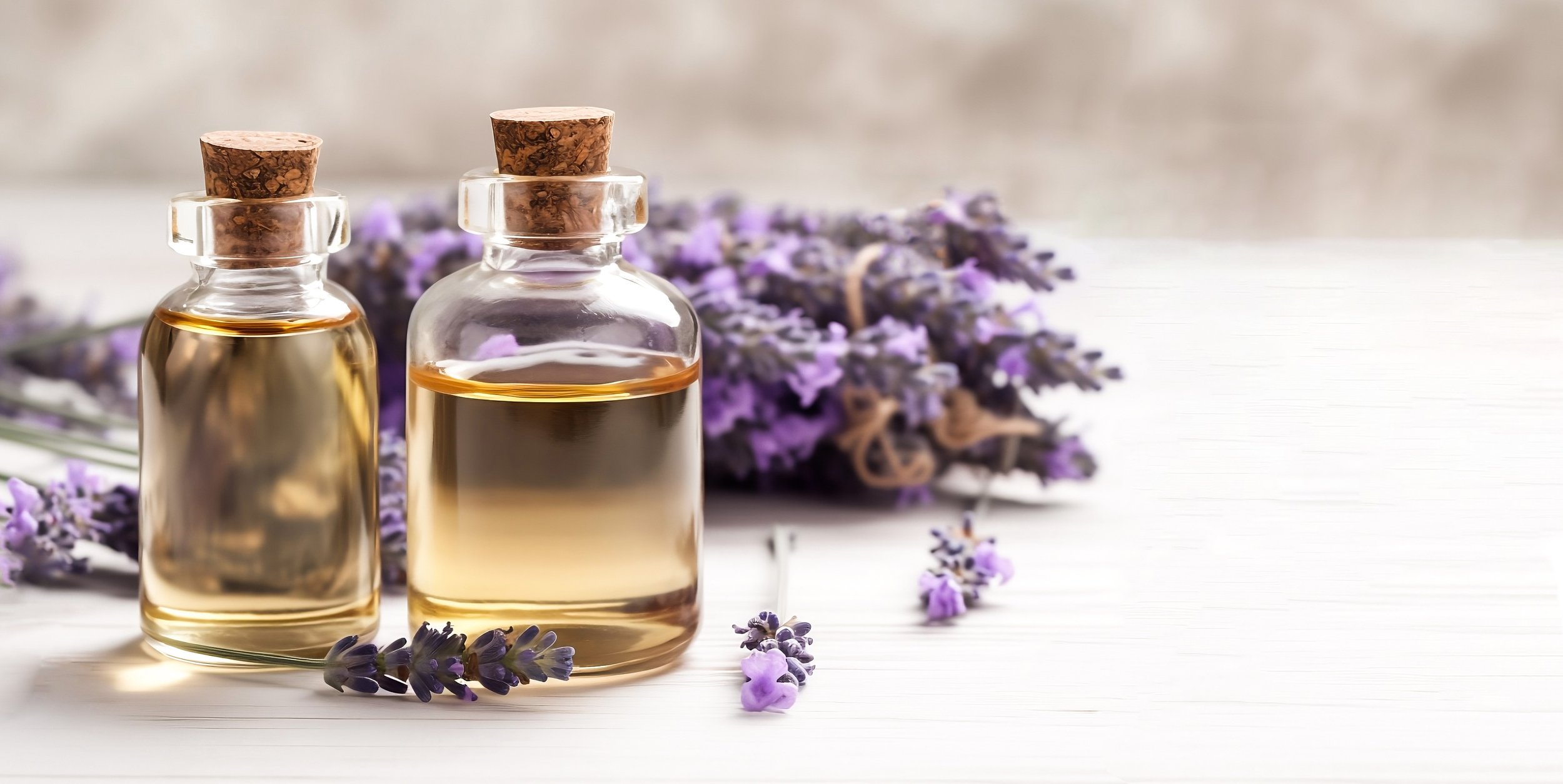
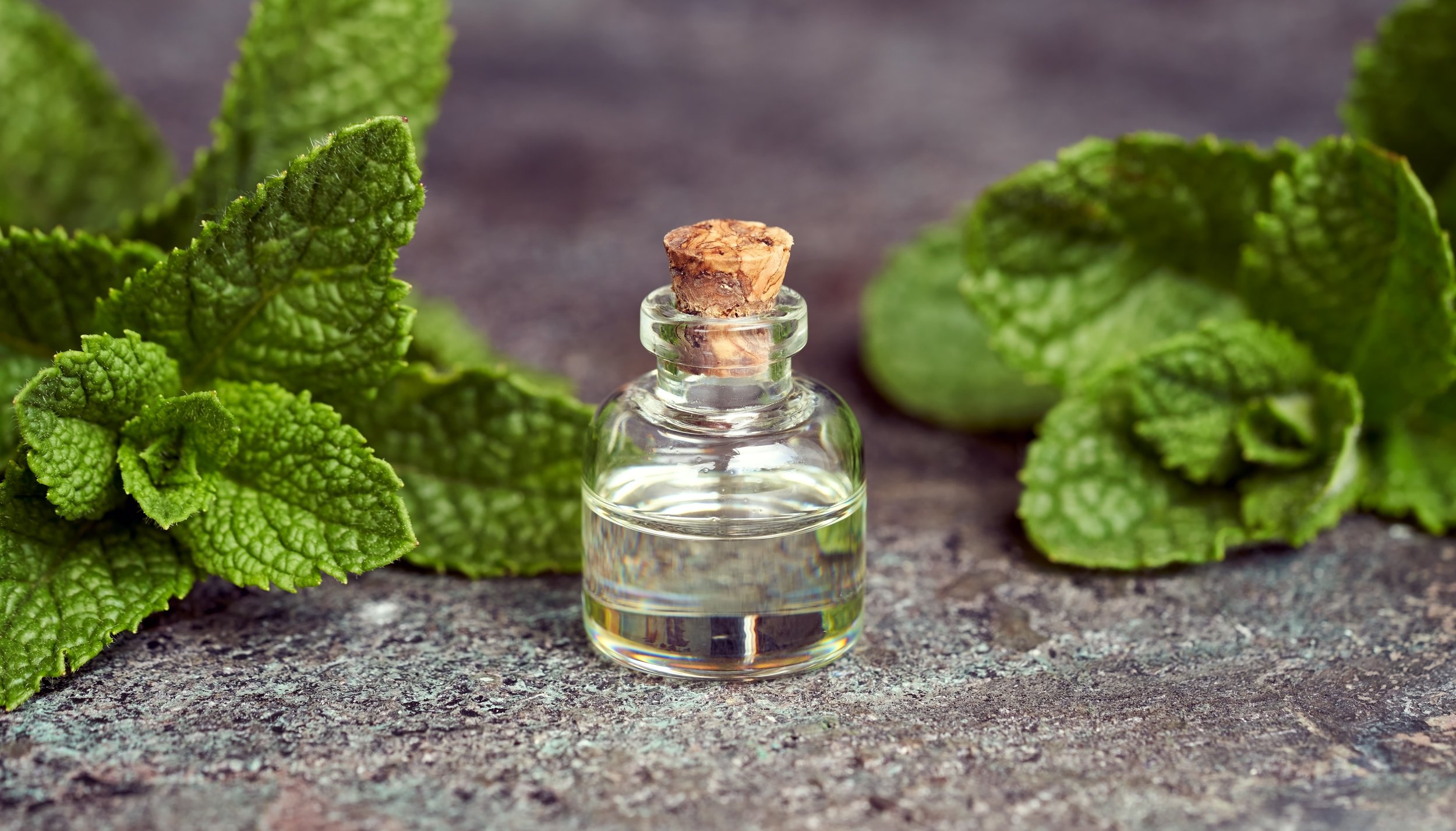








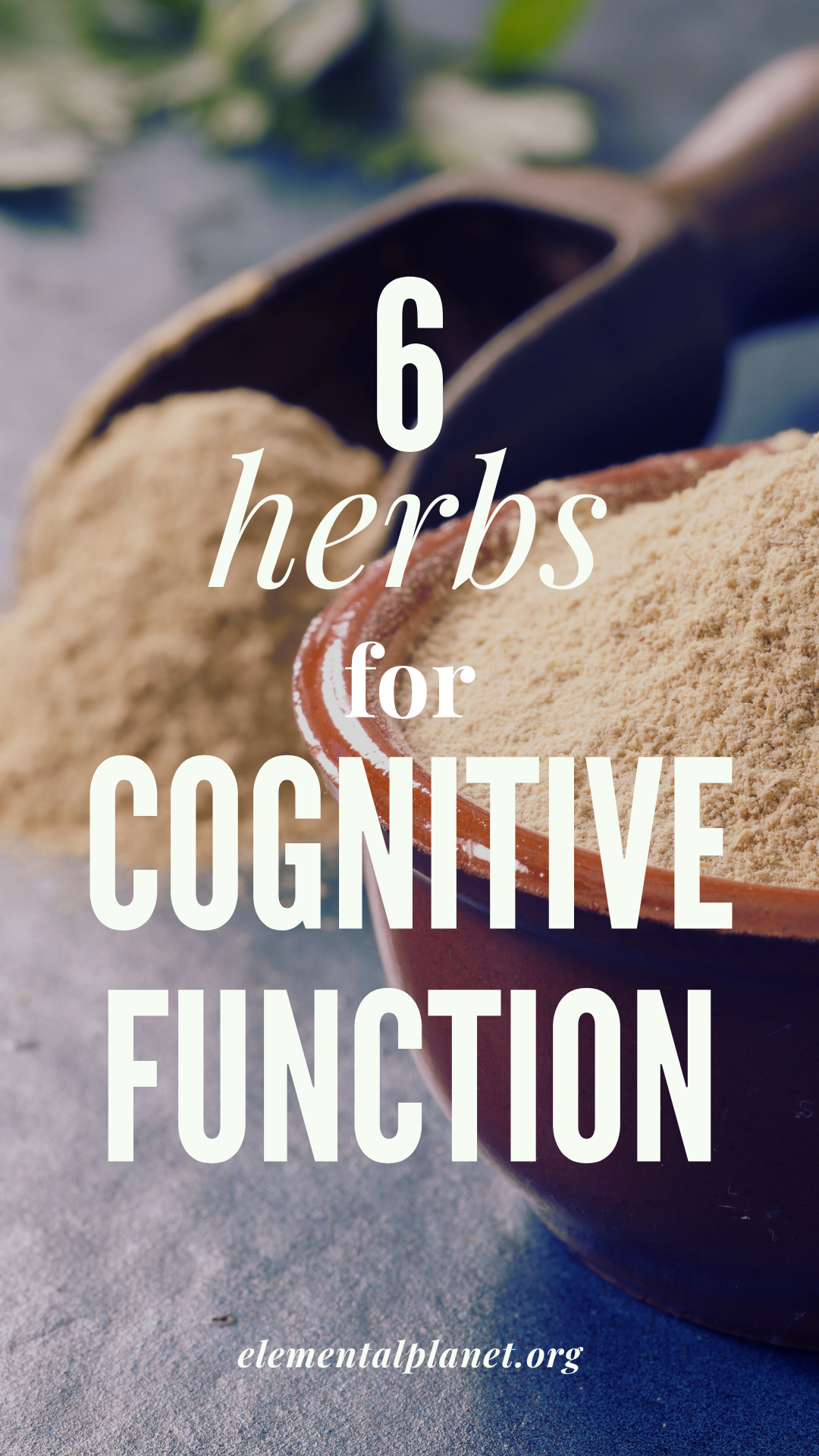

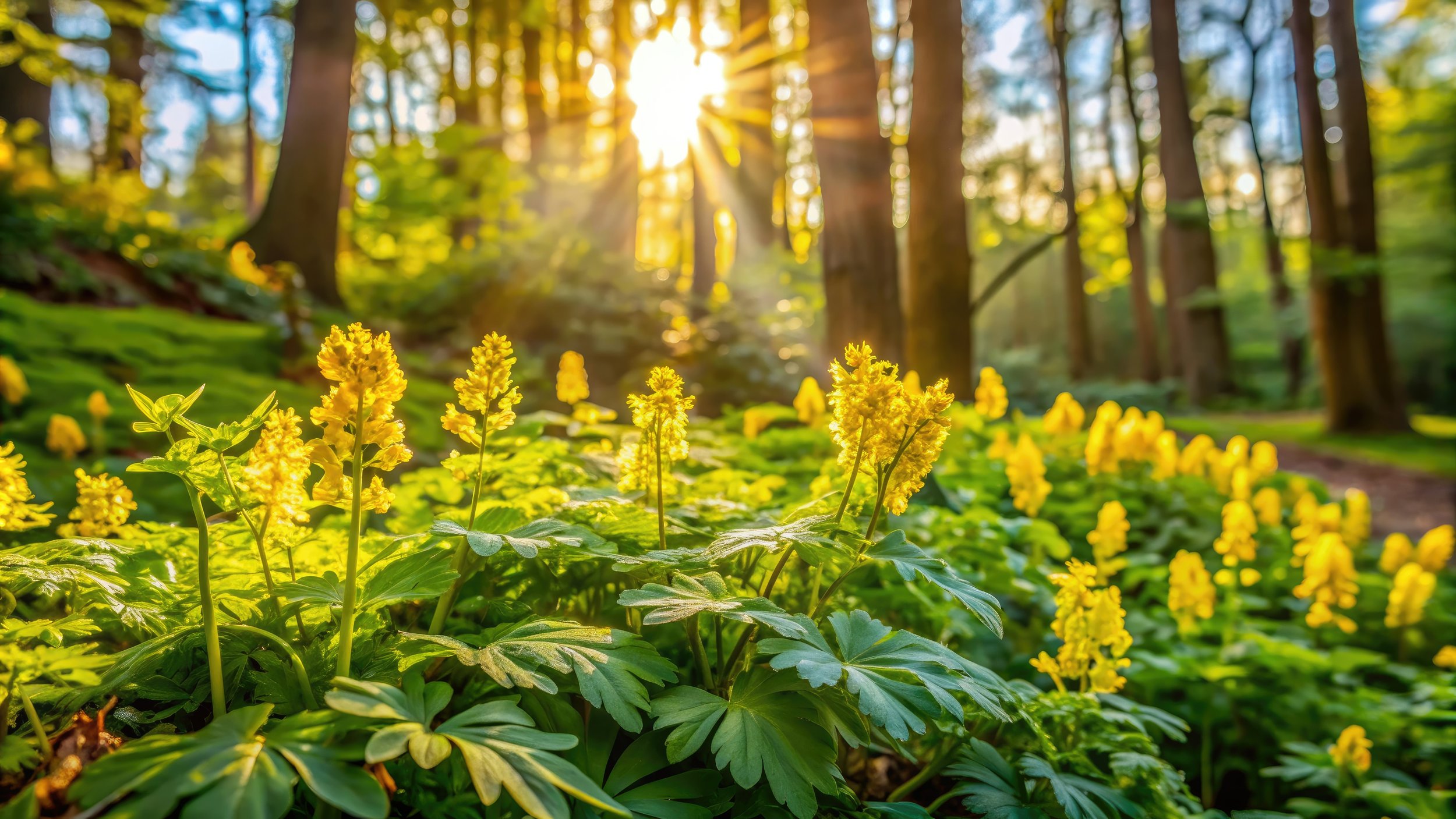
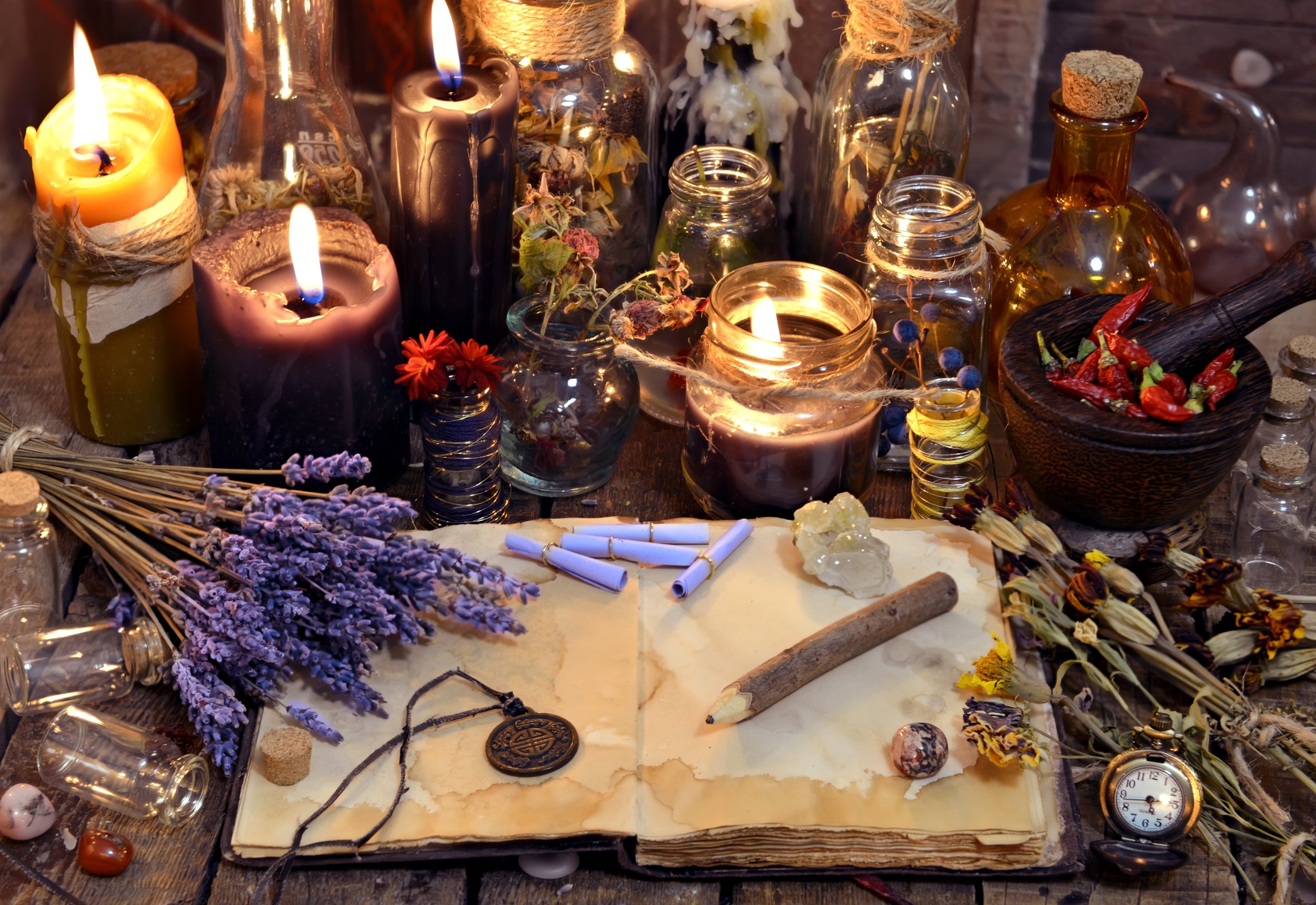

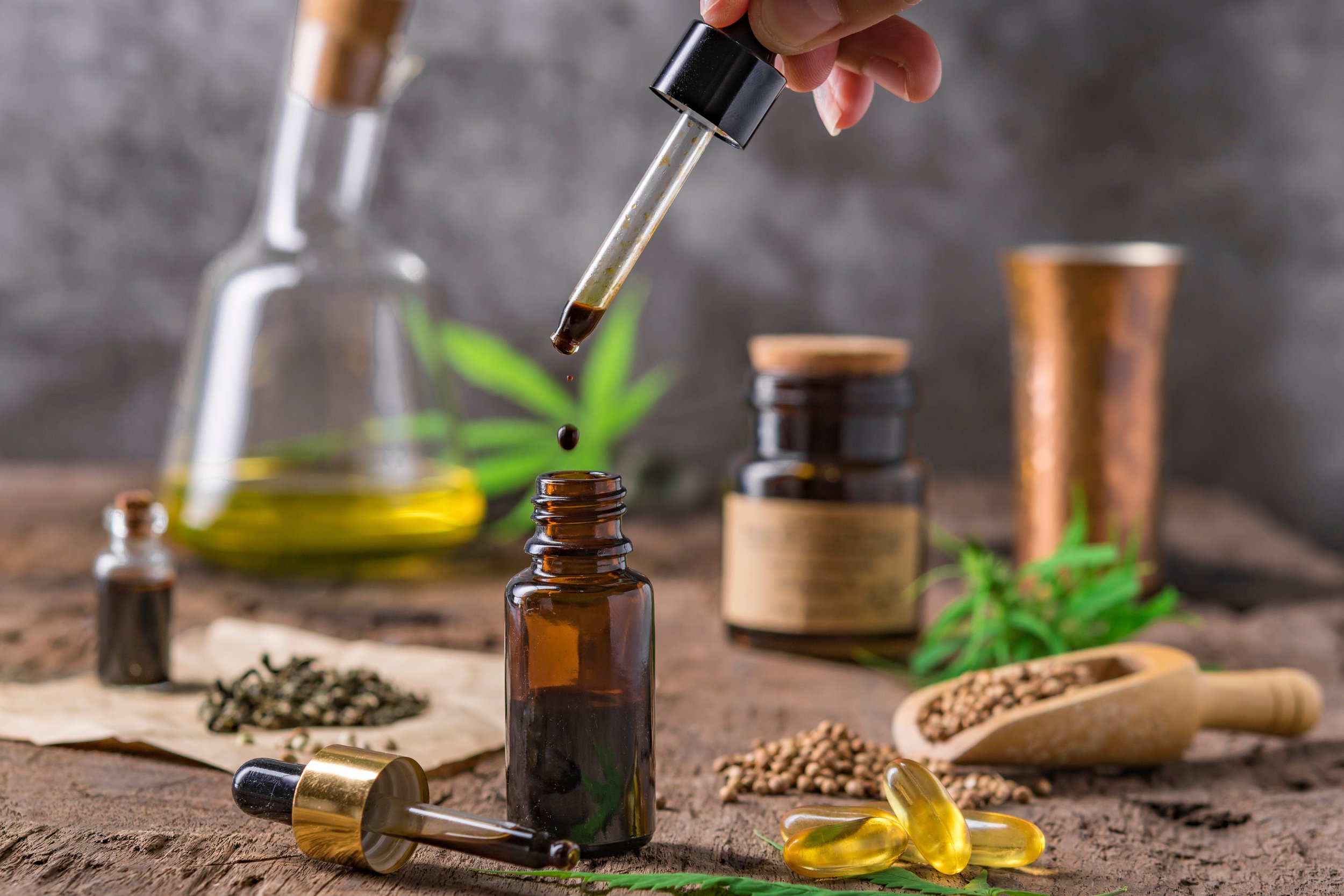

Hello and welcome! I'm Eve, a Chemist turned Herbalist, sharing the wonders of plant medicine and botanical skincare. Join me on this journey to Learn, Create, and Align your Divine!